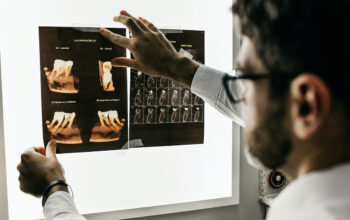NASA space expert to test giant centrifuge for space launches
If you want to be an astronaut, then chances are that you will have to undergo a lot of training. However, the training may soon become a lot more realistic and intense thanks to a new centrifuge that is being built. This centrifuge will be large enough to fit a full-scale model of the Orion lifeboat. It will also be able to go from 0 to over 100 Gs in less than five seconds. It is hoped that this centrifuge will teach astronauts about the conditions that they may have to deal with in space.
The development of the rockets to space race and the advent of the age saw some of the most amazing inventions and discoveries in the world. One of the major installations that came up was the centrifuge, which enabled the astronauts to conduct tests and experiments in a low-gravity environment. The centrifuge would spin at high speeds, which would give the feeling of weightlessness and free fall. The centrifuge was one of the most important inventions in the space race that would help the astronauts and scientists to undertake experiments in space.
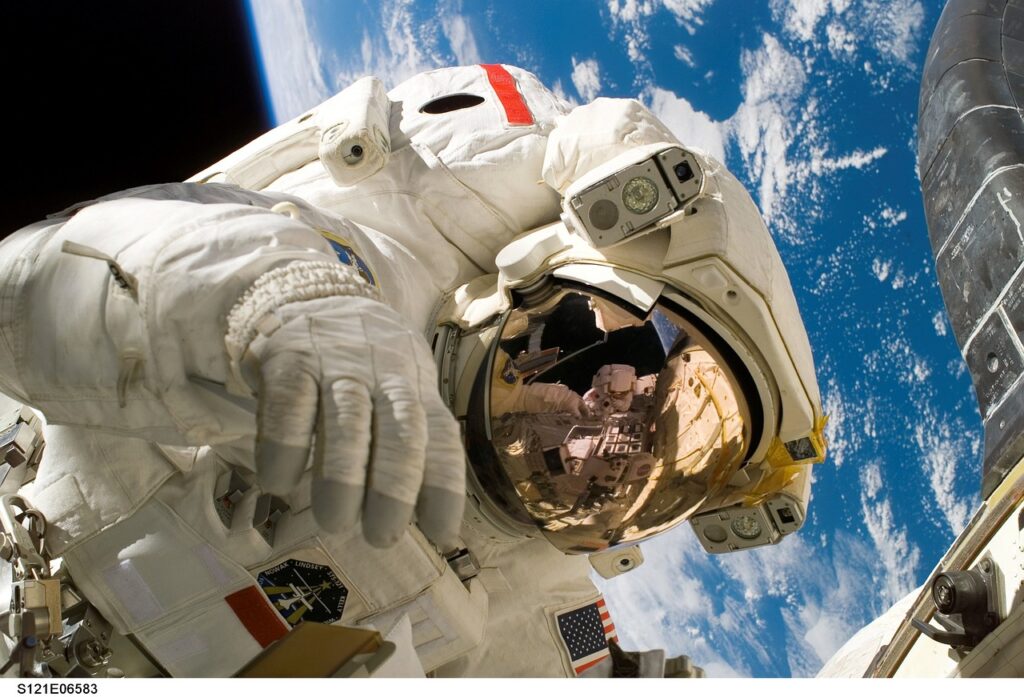
How does a space launch work?
A space launch is the process of sending a spacecraft into orbit around Earth or another body. The spacecraft is typically launched on a rocket, which provides the initial thrust to get it into orbit. Once the spacecraft is in orbit, it can use its own propulsion system to maintain it or to change its orbit.
Space launches have been conducted since the early 1950s, and have become increasingly complex and expensive over time. The first space launch was the Soviet Union’s Sputnik 1 mission in 1957, which used a simple rocket to place a small satellite into orbit. Today’s space launches typically involve large, multi-stage rockets carrying payloads weighing many tons. Space launches are typically conducted from specialized launch facilities, which are often located in remote areas.
The process of launching a spacecraft into orbit typically begins many months or even years in advance. The spacecraft and its payload must be designed and built, and the vehicle must be assembled and tested. The launch site must be prepared, and the launch window must be coordinated with the spacecraft’s orbit. All of this takes considerable time and effort, and can be subject to delays and setbacks.
When everything is finally ready, the launch countdown begins. This is a carefully choreographed sequence of events that leads up to the moment of liftoff. At the appointed time, the rocket’s engines are ignited, and the spacecraft begins its journey.
Space launches are an amazing feat of engineering, and have enabled humanity to explore and utilize the final frontier.
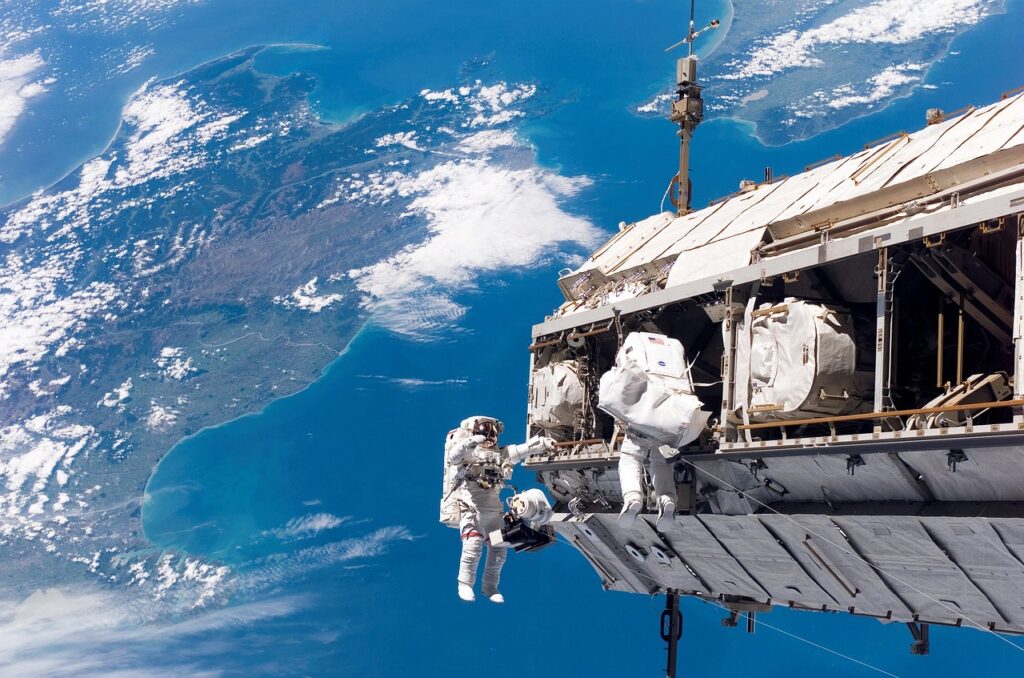
How does a centrifuge work?
A centrifuge is a device that extracts particles from a fluid using centrifugal force. The centrifuge spins the solution at a high speed, and the centrifugal force pulls the heavier particles to the outside of the container. The lighter particles remain in the center of the container.
It spins a sample at high speed to separate out its different components. The centrifugal force generated by the spinning motion separates the heavier components from the lighter ones. This process is used in many different fields, from medical testing to oil refining.
The most common application is for medical applications. They require a very specific range of speed to separate the materials effectively. The centrifuge needs to spin at a high speed in order to separate particles, but this causes it to be very loud, and it may shake, rattle, and roll if it is not set up correctly.
NASA to test giant centrifuge for space launches
NASA is set to test a giant centrifuge that could one day be used to launch spacecraft. The centrifuge, will be used to test how well spacecraft can withstand the extreme forces they would experience during a launch. The test will take place at NASA’s Langley Research Center in Virginia. If the test is successful, it could lead to a new way of launching spacecraft that would be cheaper and more efficient than current methods.
A t 27.5 meters (91 feet) in diameter, the test will be the largest to date for the new kind of transporter, which could greatly reduce the cost of launching payloads into it. The test will subject the massive swinging arm to forces up to 20 gravities. A force of 1 gravity pulls an object downward at the rate of 9.8 meters per second squared. An object at the surface of Mars, for example, experiences about 3.7 gravities.
NASA is testing a brand-new centrifuge in order to conduct their next generation’s space launches. This centrifuge is huge, measuring 164 feet tall and weighing 94.5 tons. NASA will use this centrifuge to test the capabilities of their next generation of vehicles. This is one of the biggest achievements in the past few years for NASA.
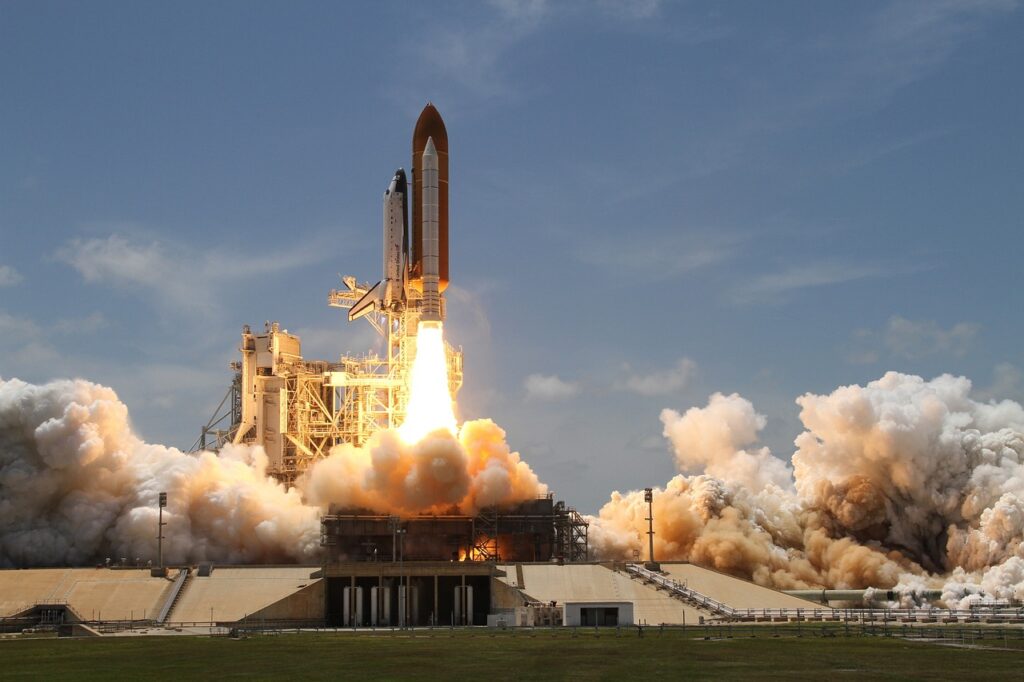
What is Space Launch System (SLS)?
The Space Launch System (SLS) is a planned heavy-lift vehicle designed by NASA to provide crewed access to deep destinations beyond low Earth orbit (LEO). The SLS will be the most powerful rocket ever built, capable of carrying astronauts and large payloads to destinations including the Moon, Mars, and beyond.
The SLS is currently in development, with the first launch planned for 2021. The vehicle will be powered by four RS-25 engines, two solid rocket boosters, and a powerful new upper stage known as the Exploration Upper Stage (EUS). The EUS will be capable of carrying heavy payloads to deep destinations, making the SLS the most powerful rocket ever built.
The Space Launch System is a critical part of NASA’s plans to extend human exploration of the solar system. With the SLS, we will be able to explore destinations that have never been possible before, and open up a new era of exploration for humanity.
NASA is testing a giant centrifuge, called the National Aero-Space Plane (NASP) to simulate the forces a spacecraft would experience during launch. This will help NASA develop a low-cost option for rockets to travel. SLS will be used to send astronauts to the moon and Mars.
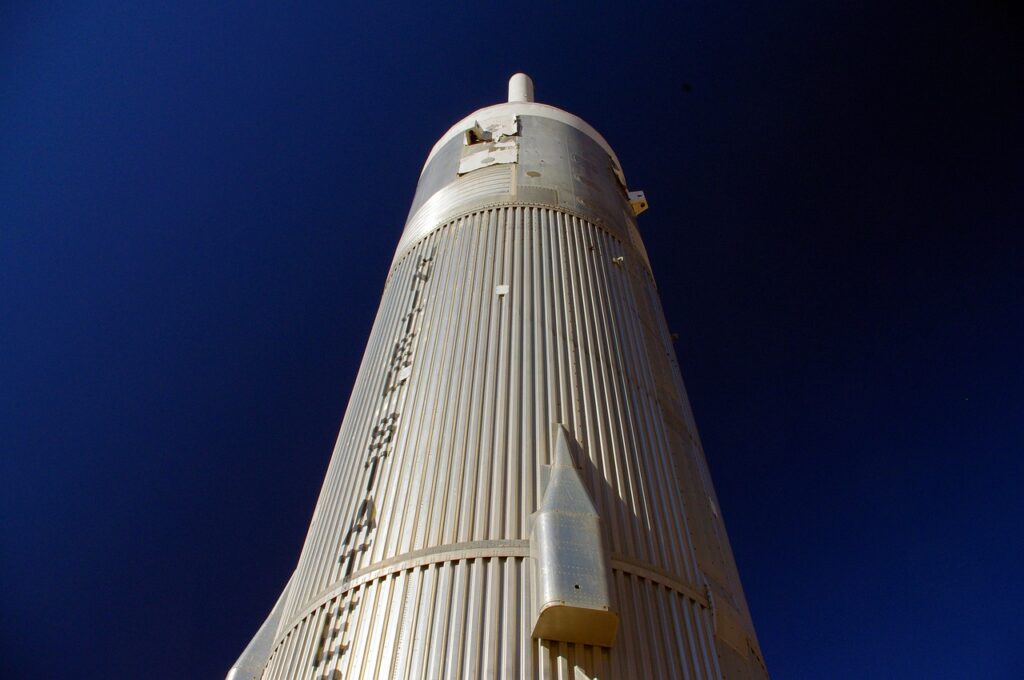
Freeze-dried foods
During long space journeys when space is a huge issue, frozen products became an essential food source. Food frozen in the freezer is very light and retains its nutritional content. Once reconstituted, it can become easier and more enjoyable eatable than the original food source that was stored in an empty tube.
Freeze-drying removes all the water from food, which means that it doesn’t spoil as quickly as fresh food. This makes it a great option for astronauts who need to pack light and have food that will last them for the duration of their voyage.
Freeze-dried foods have come a long way since they were first introduced in the 1960s. Today, there are many different types of freeze-dried foods available, including fruits, vegetables, meats, and even complete meals. And thanks to advances in technology, freeze-dried foods have a much better taste and texture than they did in the past.
Grooved pavement
NASA’s upcoming landing space shuttle project will focus heavily on reducing the amount of hydraulic – or uncontrolled sliding – vehicles in landing zones in the future. They have discovered that cutouts in runways help divert the flow of water from runways. Almost all roads in America now are grooved.
NASA has been successful with these methods, but there is still much more research to be done. The next step is to test these methods in controlled environments to see if it is possible to control water flow while keeping the cost of design and maintenance low. While it may not be easy, it is a necessary step to landing future shuttles safely on a planet other than Earth.
This is one of our most ambitious projects yet, but we’re thrilled to be moving towards a more eco-friendly future.
Firefighting equipment
Polymer materials used in space suit have helped to create flame retentive and heat resistent suit. The new suits also feature cooling air which prevents firefighters from dying in the heat and advanced breathing systems inspired by astronaut’s lifesaver system.
Firefighters are very brave and darings. They have to save peoples’ lives and property. They also need to be careful of themselves. In the last century, they have to wear heavy, heat resisting clothes made of old materials. In the new century, they have the latest, light weight and fire-resistant suits. They have great cooling and breathing system. They are also made of space material! Firefighters are brave!
Wireless headsets
NASA developed an intelligent, light, wireless communications system that will help astronauts communicate with Earth-based crew. The technology has served in the Mars-Apollon missions as a result.

Conclusion
NASA is turning to a new way to launch astronauts into space. The agency will test a giant centrifuge that could be used to launch crewed missions. The tests will be conducted at NASA\’s Ames Research Center in California. The concept is called the crew launcher system (CLS). It\’s a giant centrifuge that will put astronauts through the types of forces they\’d experience during a rocket launch.
Space travel has always been one of the ultimate dreams of mankind. Even today, we are still a long way from achieving that dream, but the rapid advancements in technology make us believe that we may be closer than we think to finally flying to the moon or Mars. It is therefore important that we explore all avenues to make this dream a reality. We hope that our article on how to build a centrifuge for rocket launches has inspired you in some way to work on your own project in this field!
Image by Andreas H. from Pixabay



